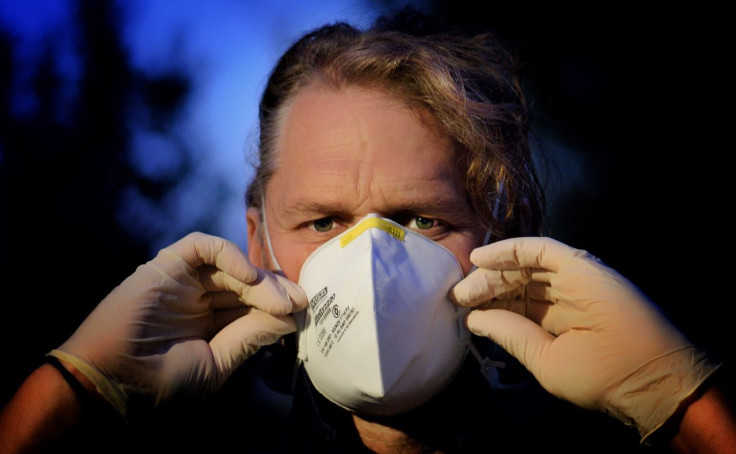Could Widespread Coronavirus Testing Make Things Worse? Prevention Seen As Key

KEY POINTS
- It will take a year to develop a safe and effective vaccine
- More than 1 million testing kits are expected to be available by the end of the week
- 2,500 passengers returning from a cruise to Mexico are quarantined offshore
The coronavirus outbreak has pointed up deficiencies in the ability of the U.S. health system to handle an epidemic as pressure for a vaccine or a treatment intensified Thursday.
Seema Verma, head of the Centers for Medicare & Medicaid Services, Wednesday ordered state inspectors to step up pressure on nursing homes and hospitals to improve infection prevention as COVID-19’s U.S. death toll hit 11 – 10 in Washington state and one in California where Gov. Gavin Newsome declared a state of emergency. Seven of the Washington cases were residents of a suburban Seattle nursing home.
The World Health Organization reported Thursday the virus had infected more than 95,500 people worldwide, killing 3,285. About 85% of the cases were in China. Other hot spots were South Korea (more than 6,000 cases, 32 deaths), Italy (more than 3,000 cases, 80 deaths) and Iran (more than 2,900 cases, 77 deaths).
Health experts were warning expanded testing for the virus could overwhelm labs and worry if people with colds demand testing, it could delay diagnosis for those really infected. Vice President Mike Pence said more than 1 million testing kits would be available by the end of the week.
In addition to Washington state and California, the 129 U.S. cases have been reported in Arizona, Florida, Georgia, Illinois, Nebraska, Massachusetts, Nevada, New Hampshire, New Jersey, New York, North Carolina, Oregon, Rhode Island, Tennessee, Texas and Wisconsin.
A cruise ship returning from Mexico that carried the 71-year-old California victim has been quarantined offshore ahead of plans to test its 2,500 passengers. At least 11 passengers and 10 crew members aboard the Grand Princess were suspected of suffering from the virus.
Meanwhile, President Trump was pushing the medical research establishment to intensify efforts to find a treatment and a vaccine.
Dr. William Haseltine, chairman of the U.S.-China Health summit and a former professor at Harvard Medical School, told IBTimes it’s likely we already have drugs that can combat the virus developed in research for fighting cancer, AIDS and other diseases.
“This type of virus has occurred and spread three times in the last 20 years,” he said, adding, “We very likely have all the tools needed to develop combinations of drugs that will cure those infected and protect those who are not. But as we’ve learned from our experience, ignorance, complacency and denial are as much an enemy as the virus itself.”
Dr. Jonas Nilsen, co-founder of the travel vaccine service Practio, told IBTimes the work done in developing a vaccine for SARS in 2002 should make finding one for COVID-19 easier, but it might still take a year.
“To develop a new vaccine, first, a suitable antigen must be identified, such as a deactivated part of the virus that can ‘train’ the immune system to identify live versions of the virus,” he said. “Then this antigen must be isolated and reproduced, followed by animal testing to ensure the use as a vaccine is both safe and effective. If found to be safe in animals, vaccines are then tested in humans, first on a small scale, then on a bigger scale.”
Even then, when the vaccine is ready for mass production, scaling up is difficult because “I doubt there is the sufficient production capacity available for this novel type of vaccine to produce millions or even billions of doses needed to respond to a global pandemic.
“The prospects of producing a vaccine that has been tested in humans on a large scale in time, I think, is small. A vaccine will most likely have to rely on older technology to be produced in large enough quantities. In an optimistic scenario, it will take six months from the first clinical trials in humans to a vaccine ready for mass distribution. In total, it could very well take over a year before a vaccine against the new coronavirus is ready for the general population.”
© Copyright IBTimes 2025. All rights reserved.






















